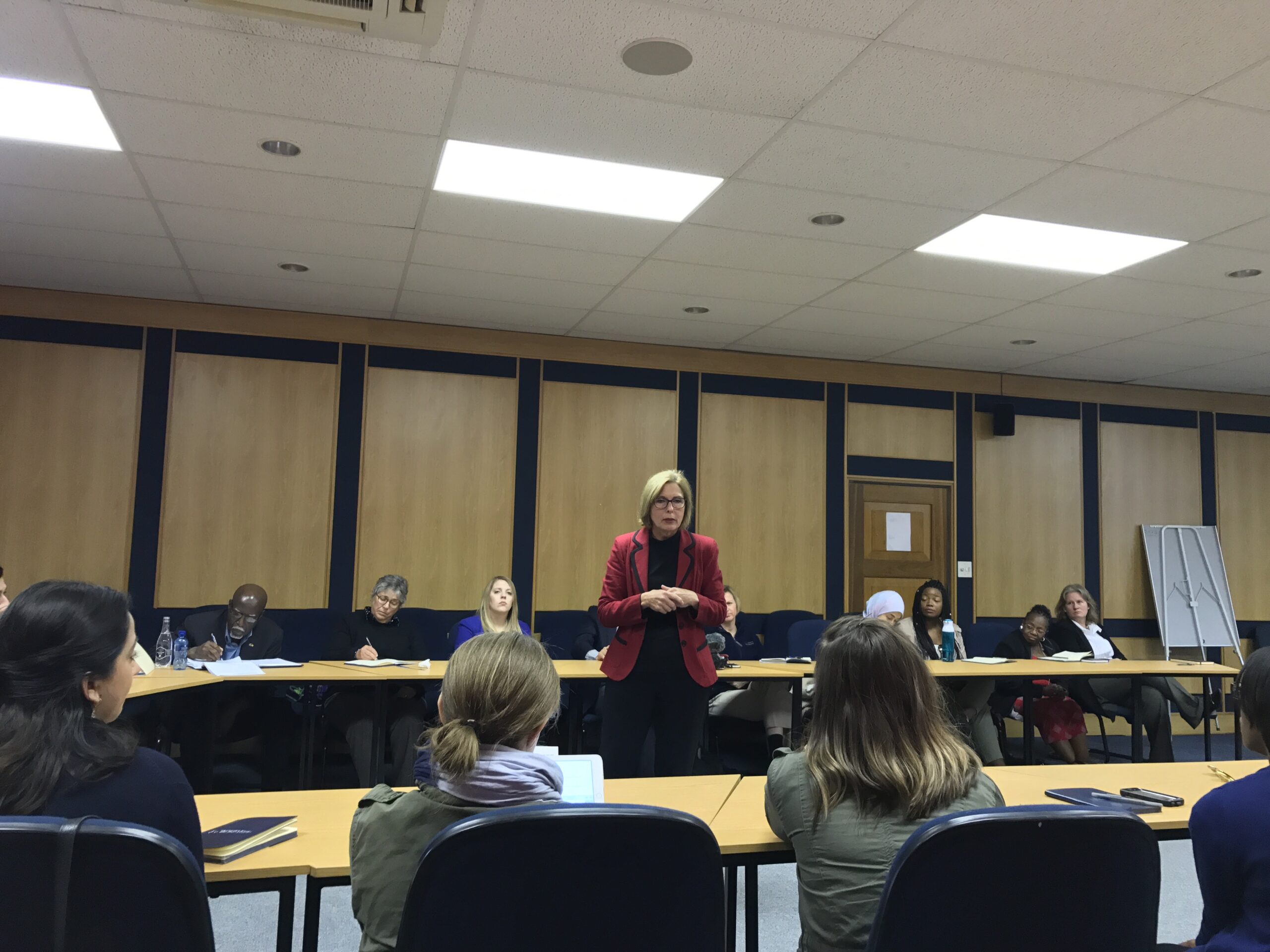Over our two week visit to South Africa, we bear witness to many things that challenge our preconceptions about the country. Along our journey we interact with colleagues from a variety of institutions, each carefully helping us make sense of the complexity which is South African higher education.
One of final visits is to Stellenbosch University. In a region that has been compared to Napa Valley in California, unlike many of the other institutions we visit, Stellenbosch is located in an Ann Arbor-ish sized town surrounded by vineyards and a ring of craggy mountains. The campus is lovely, and the setting serene.
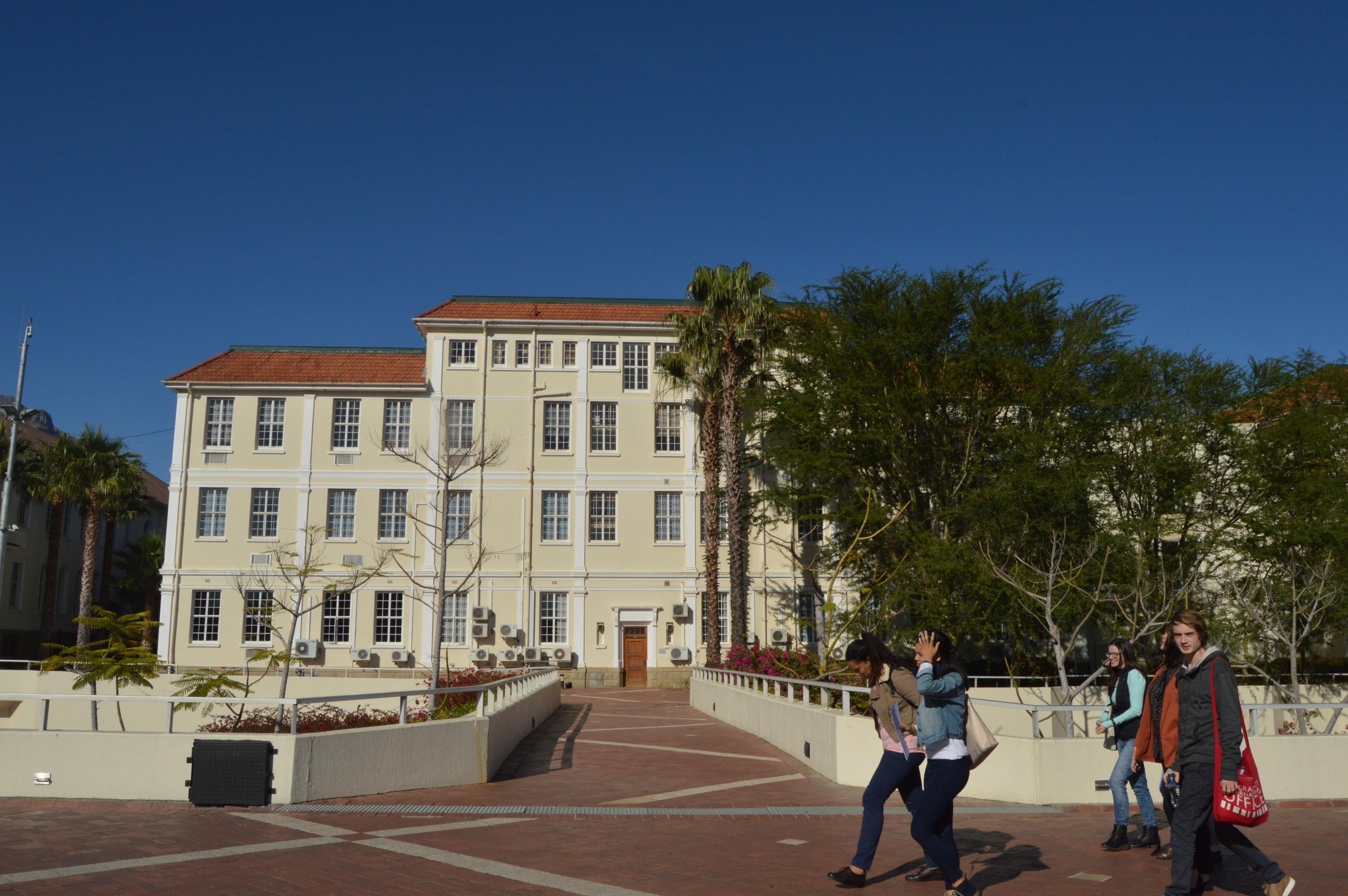
The transition of the university to adopt policies and practices of a more inclusive nature are still very much in progress.
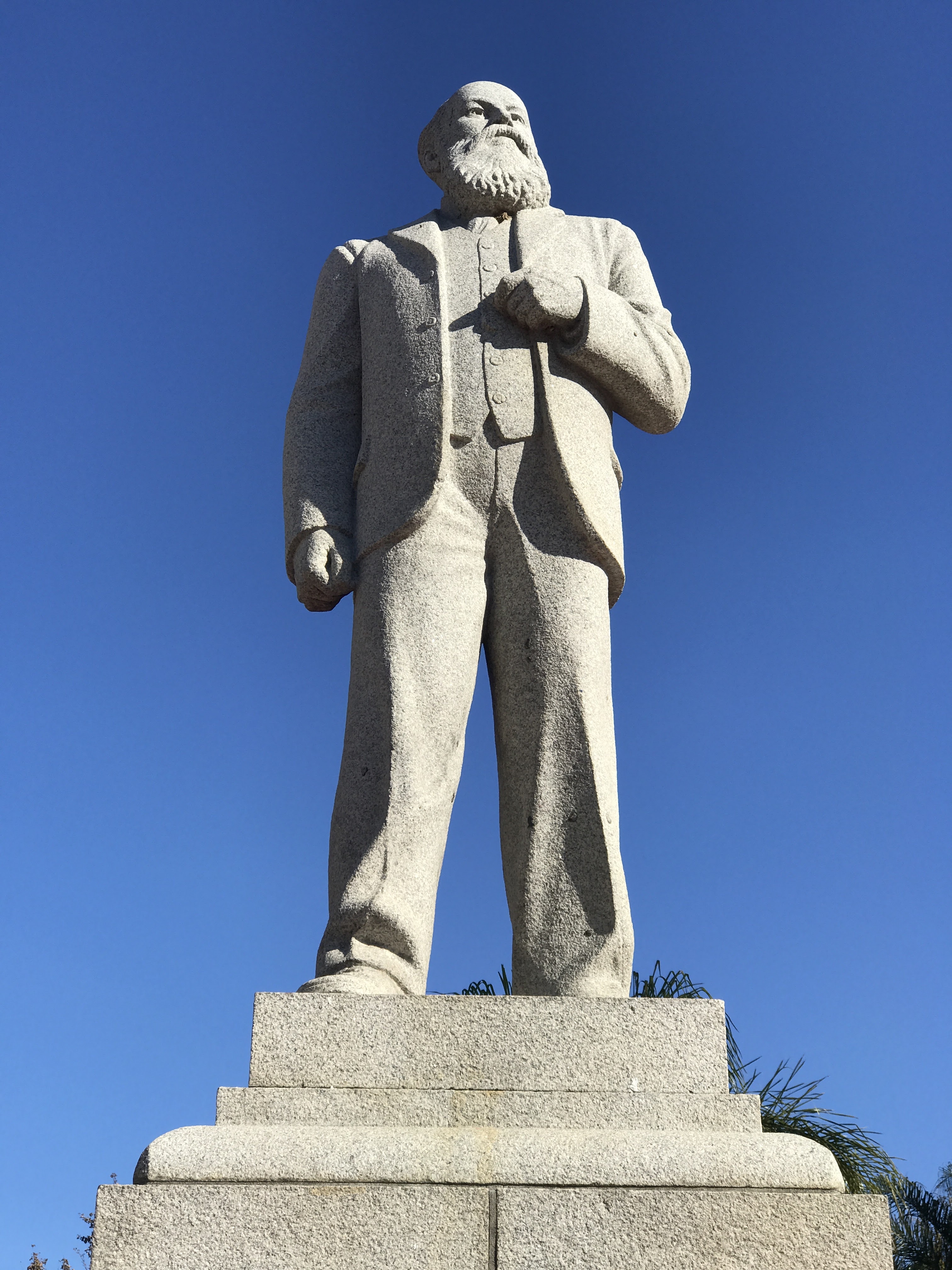
The juxtaposition of visiting Stellenbosch in the morning, and Cape Peninsula University of Technology in the afternoon is one of stark contrast.
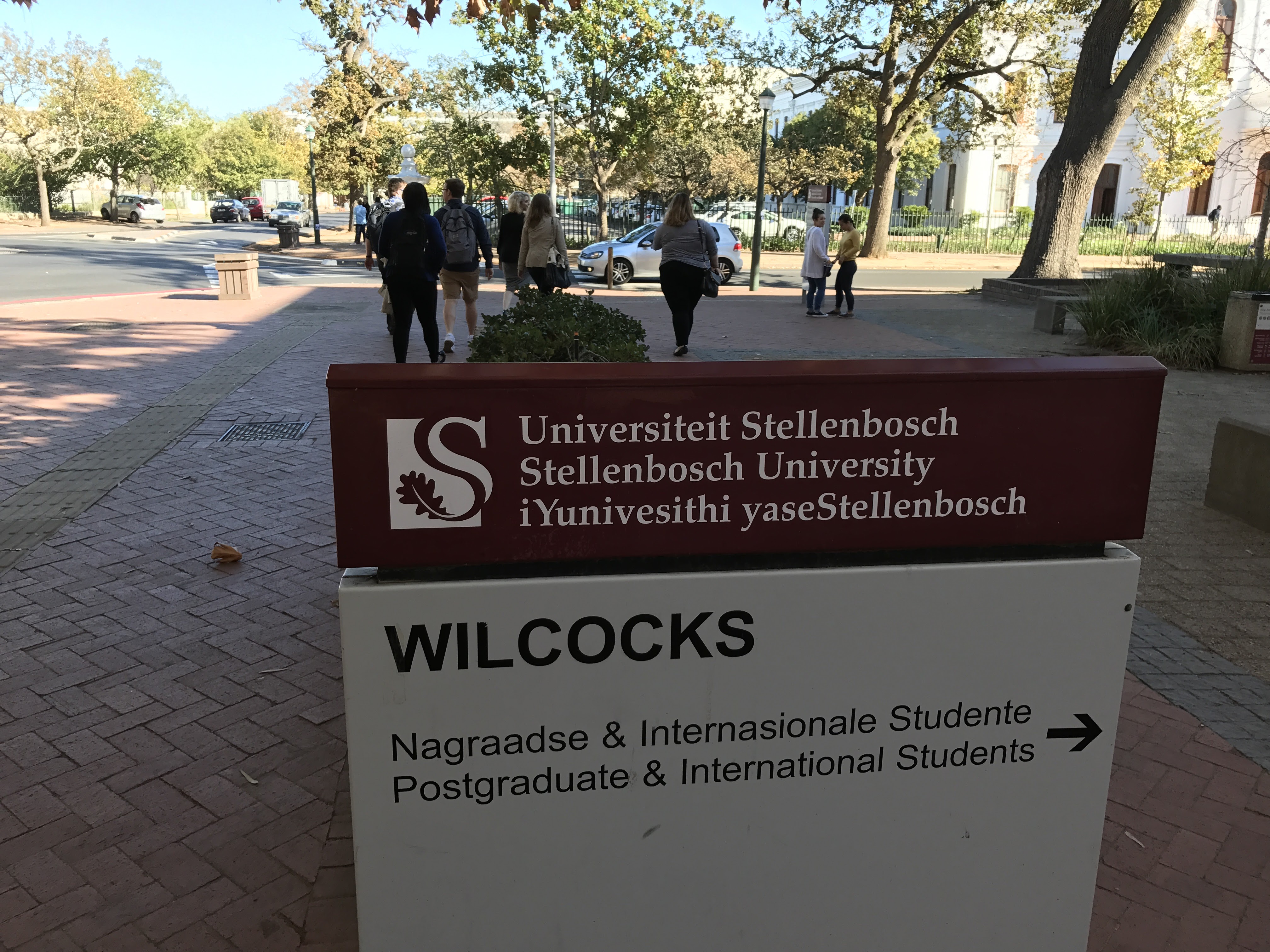
Our host at Stellenbosch, Dr. Liezel Frick, is joined by higher education research colleague Dr. Magda Fourie-Malherbe. Even this deep into our site visits, we continue to gain new and illuminating nuggets of knowledge. Drs. Frick and Fourie-Maherbe expand upon our understanding of the South African “national plan” and the foci of the 1997 and revised 2013 white papers. They also discuss further the phenomenon of “the missing middle” who are children from households who do not qualify for financial aid, but cannot afford college fees on their own.
Stellenbosch University Visit
In our last visit day, we went to Stellenbosch University which is situated in a town of the same name about 30 miles east of Cape Town. As the drive took around one hour to get from Cape Town to Stellenbosch, many of us took advantage of this time to take a nap. When I woke up, I could see through the bus window that we were arriving at a nice area surrounded by trees and vineyards. As our host later explained, Stellenbosch is the second oldest town in South Africa, established in 1678 by Dutch settlers, and is known for its agriculture, wine, the beautiful landscapes and the University.
In Stellenbosch University, we were greeted by the director of the Center for Higher and Adult Education, Dr. Liezel Frick. Dr. Frick gave us a brief overview of the university, the School of Education, and the Center for Higher and Adult Education. This Center focuses mainly on research and postgraduate programs offering two masters and one Ph.D. program.
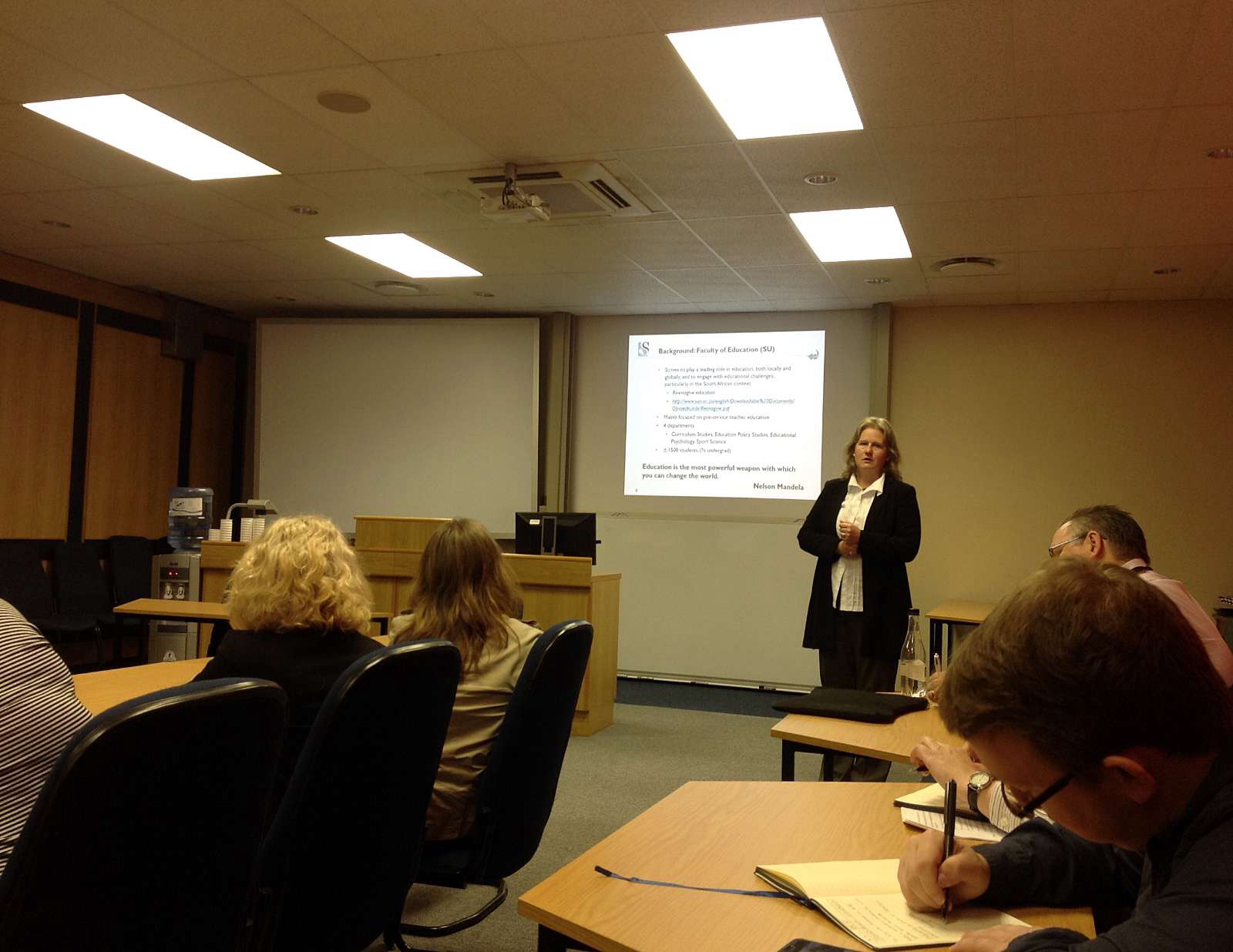
After this brief introduction, Dr. Magda Fourie-Malherbe, a professor of the Center for Higher and Adult Education, gave us an overview of the higher education system in South Africa, its changes between 1994 and 2017, and its challenges. For her, three terms were important in describing this system and its challenges: reform, transformation, and decolonization. On the one hand, reform is incremental small changes. On the other hand, transformation refers to the dissolution of the existing social relations and institutions, policies and practices, and the elaboration of something new. Using these terms, what the higher education system in South Africa has experimented since 1994 was a transformation of the segregated system implemented by the apartheid. In this transformation, the decolonization concept has a key role, especially, as she pointed out and as we heard in other visits, according to students. Decolonization is a concept that seeks to affirm the African knowledge and traditions in universities that are dominated by western traditions.
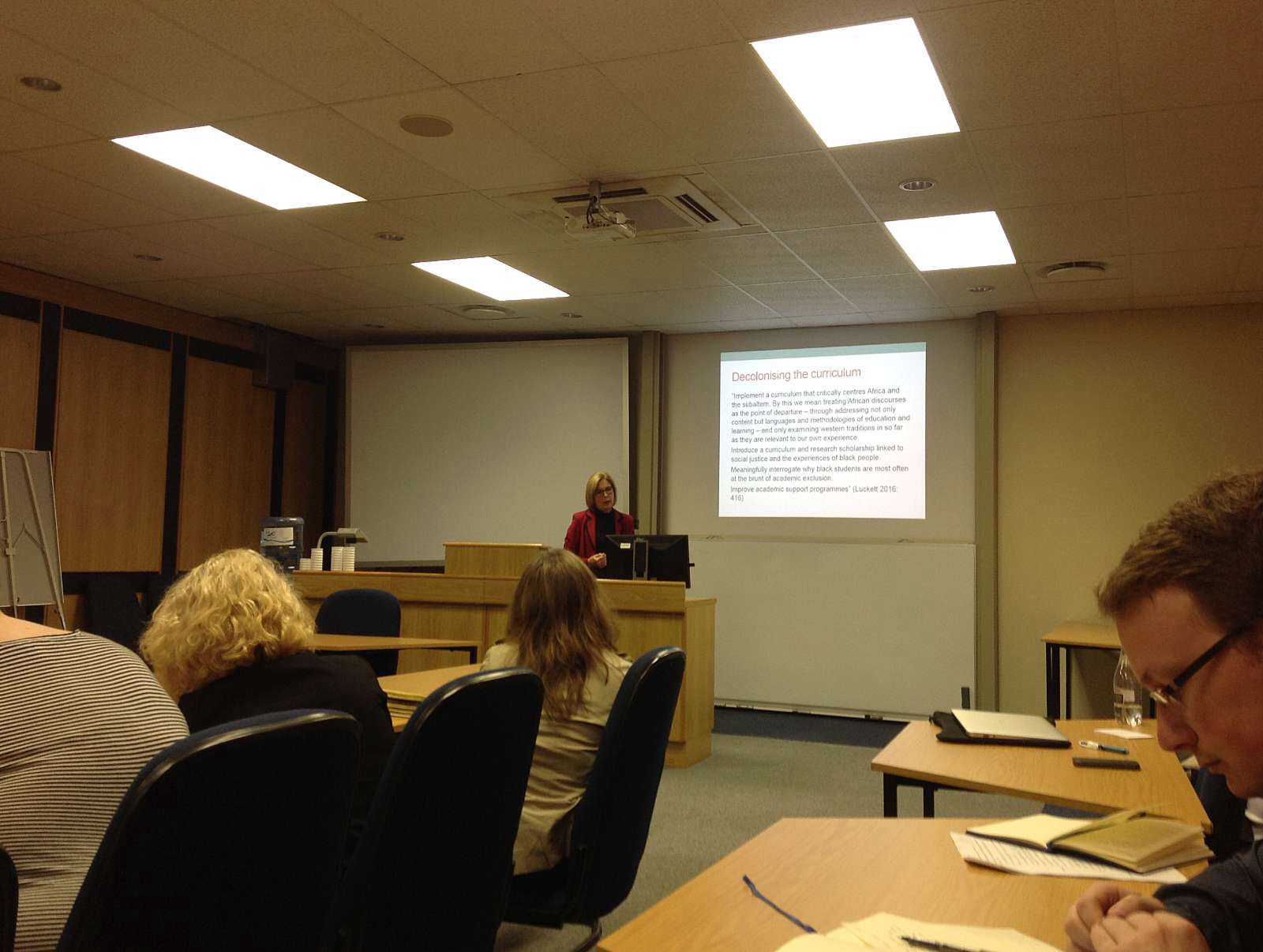
The conversation with Dr. Fourie-Malherbe centered on the mergers that some universities experienced at the end of the ’90. As she explained, the transformation of the higher education system brought some unexpected consequences, such as the enrollment of Black students mainly through online courses not generating the diversity expected in the classrooms. Therefore, more strict changes were designed to force institutions to adopt this equity and diversity aim in their core functions. One of these changes was the merger of institutions. As Dr. Fourie-Malherbe was explaining this transformation, CSHPE students started to participate in the discussion and asked questions about the institutional mergers and the role of leadership in these transitions.
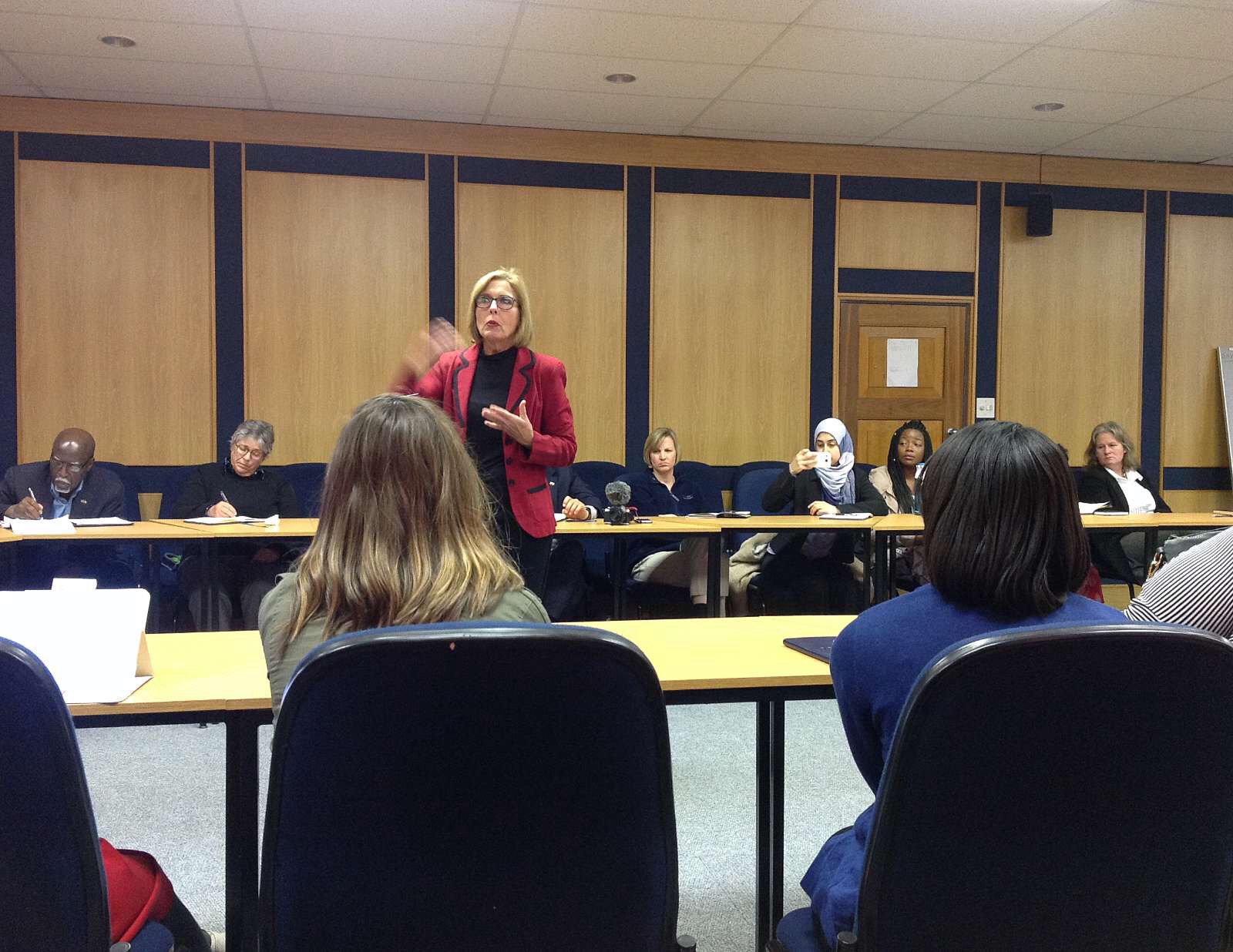
Our visit finalized with a quick tour of the campus as we had to rush to our other visit. After hearing Dr. Fourie-Malherbe and as we were walking around the campus, I started to realize and compare the different campus and places we were visiting during the last days and it was inevitable to feel that somehow some of the differences were still present maybe because of the architecture of the universities.
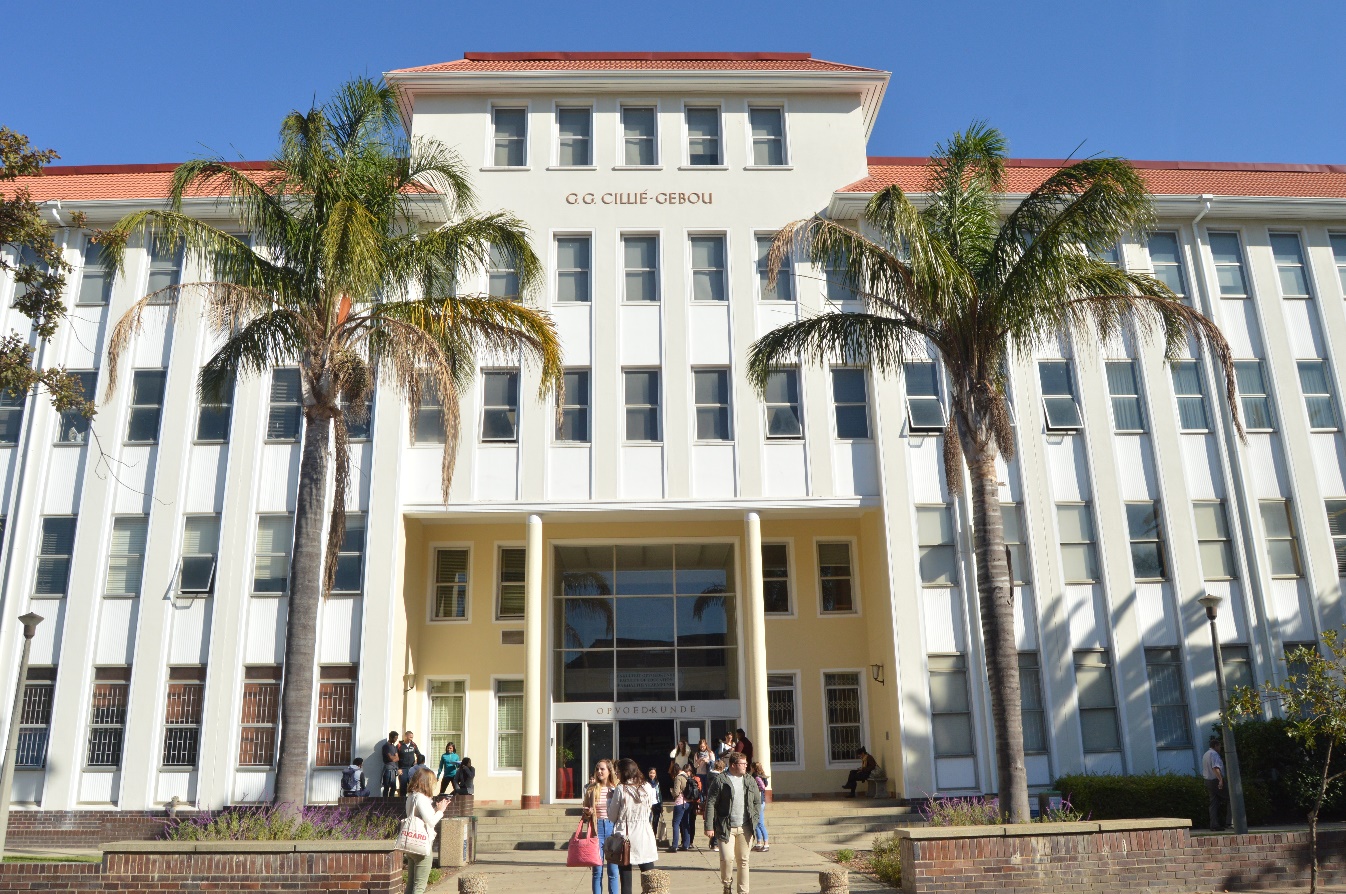
Although more than twenty years have passed since the return to democracy in South Africa, the damage of the apartheid in the society was so hard and profound that it would take more than two decades to effectively heal the society.
–Paula Clasing, doctoral student

